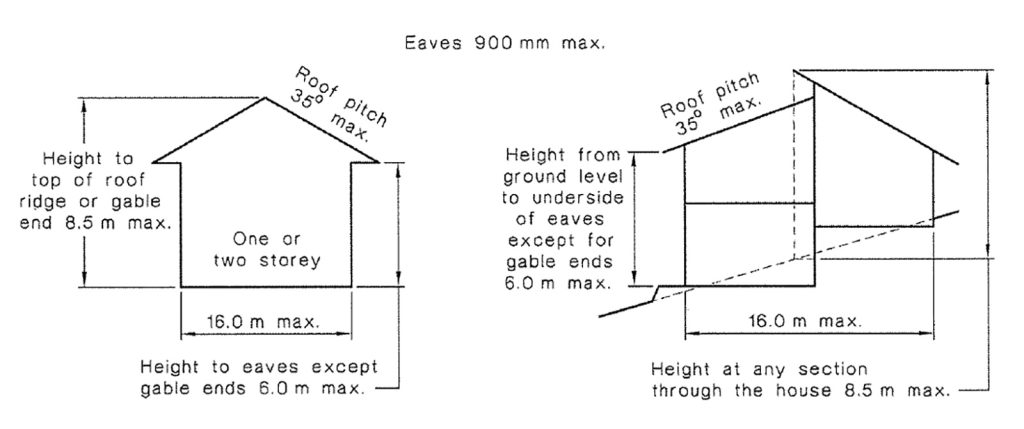News
Earthquake Design Update
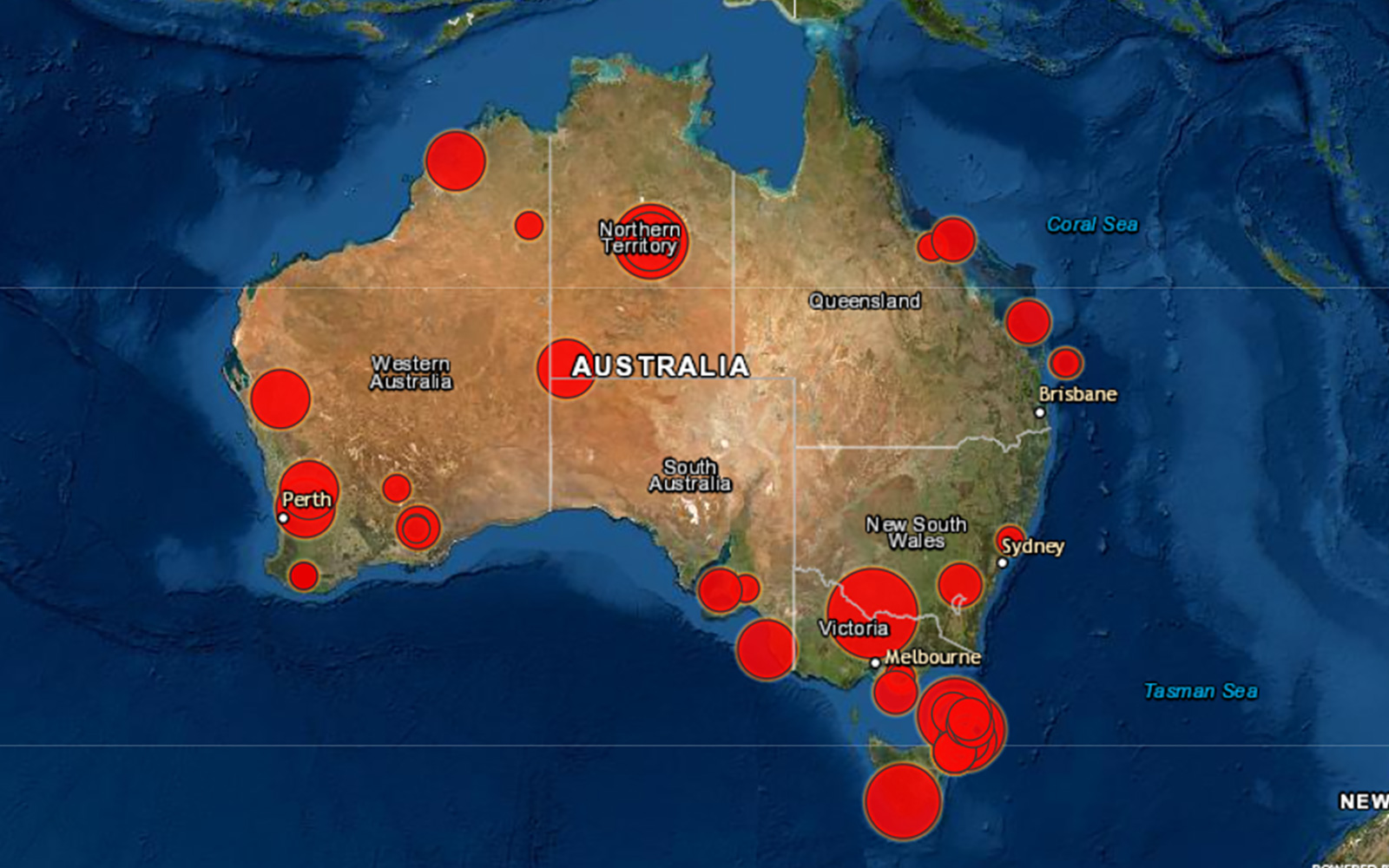
Unlike its trans-Tasman neighbour, Australia has been spared from a major earthquake event so far. Surely its position on the Australian plate is a good reason for that but we cannot expect such luck to last forever. According to Geoscience Australia, “On average 100 earthquakes of magnitude 3 or more are recorded in Australia each year.” Let’s have an overview of the earthquake design procedures.
The Australian s犀利士
tandard for earthquake actions AS1170.4-2007 was updated in 2018. Earthquake loads have been increased overall and they are now higher than they used to be. It is this standard that will give us most of the guidance required. AS1170.0:2002 can also be referred to for annual probabilities of exceedance.
Should all structures be designed for earthquake?
The short answer should be YES. The National Construction Code specifies that all structures should be assessed for seismic loads. However, in accordance with the Appendix A of AS1170.4, houses and domestic structures complying with Class 1a and 1b of the NCC and designed and detailed in accordance with the relevant standards (AS1684 series, AS1720 series, NASH, just to mention a few only) do not require additional design. They are deemed to satisfy. Other structures should be assessed for seismic loads.
Figure 2 – AS1170.4 Figure A1 Section geometry for building classes 1a and 1b.
The risk factor kp * Z
This first key component is the product of the probability kp by risk factor Z. All places where the risk factor kpZ is 0.11 or under are deemed low risk. Places where this value remains above 0.11 are mainly on the Western Coast of Australia. Broome, Dampier, and the Meckering region are a few of them.
The Earthquake Design Categories (EDC)
For structures which do not fall under the previous exemption, the standard plans for 3 design categories.
EDC I
The first category applies to structures up to 12m. Structures assessed in earthquake design category EDC I shall only comply with a simple lateral load of Fi = 0.1Wi where Fi is the lateral action and Wi is the seismic weight of the structure or component at certain level i.
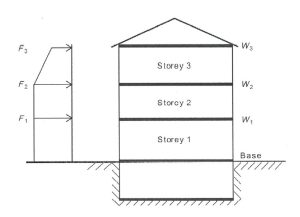
EDC II
Structures assessed in earthquake design category II require a static analysis. The structure must be able to handle seismic forces in all directions. A simplified analysis method is provided for structures up to 15m. In addition to the factors mentioned previously, the engineer shall include following factors in design and calculation.
a factor Ks to account for the structure height and soil condition,
the performance over ductility factor Sp/μ,
the spectral shape factor Ch (T1)
Ks is a variable of the sub soil class, the number of stories and the story under consideration. Sp/μ is predominantly determine by the material used. Ch (T1) is a function of the natural period of the structure and the soil conditions. EDC III Structures assessed in earthquake design category III require a dynamic analysis. The substantial difference is that multiple periods of vibration of the structures must be considered, which can be a quite complicated process.
Earthquake loads and other raking loads.
In practice, the current design procedure for earthquake loads in Australia for EDC I and EDC II generate less forces compared with other lateral loads such as wind loads. For sheeted roofs, wind load combinations tend to govern the design and while reactions often come out in kilonewtons, the reaction for earthquake loads for the same element will usually be closer to a few hundreds of Newtons.
This may not be true for tiled roofs where gravity loads tend to govern the design. These heavier roofs will also generate higher seismic weights and the final earthquake load combination could govern the design for lateral restrains.
Lateral restrains
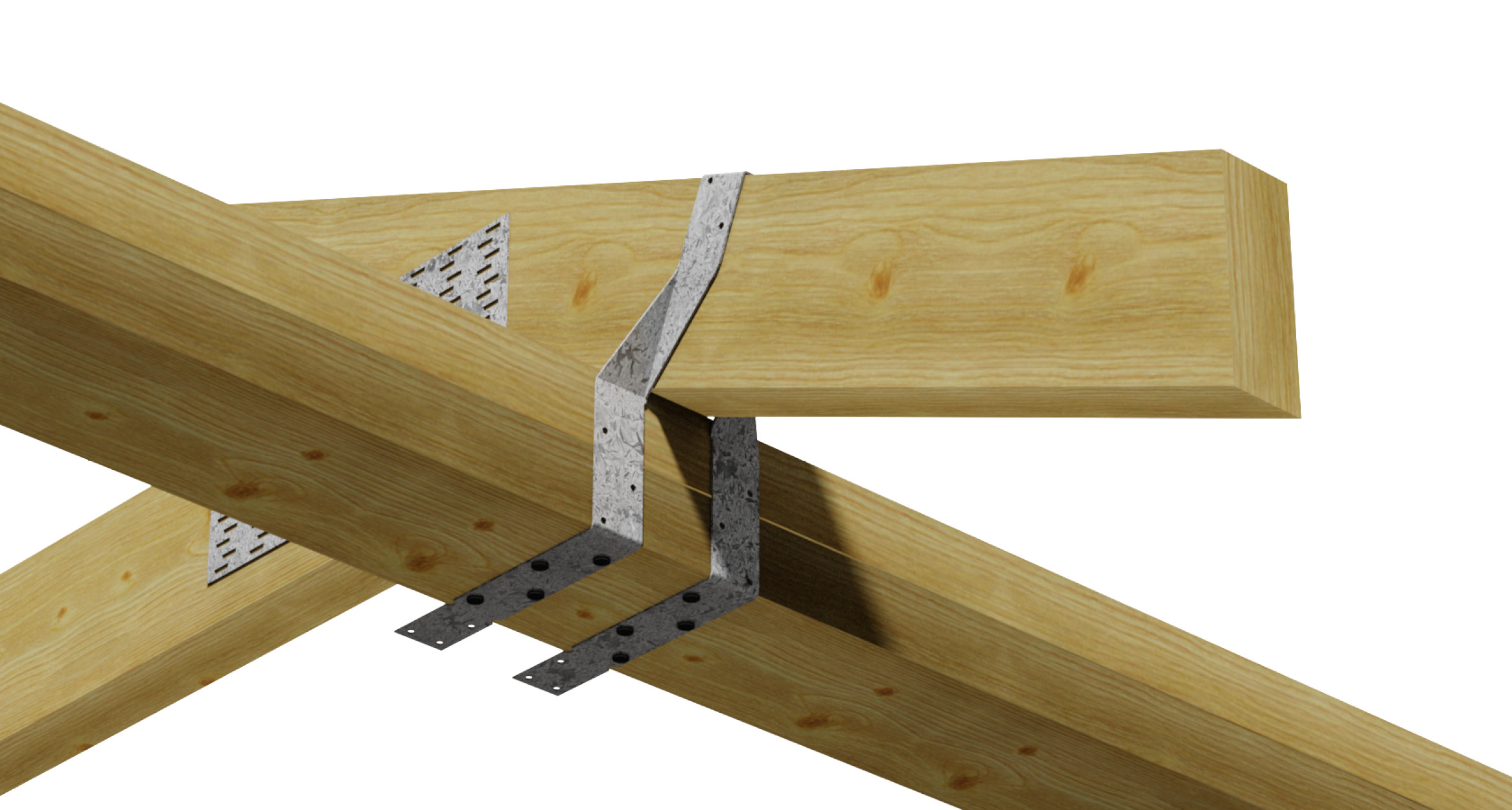
When designing for seismic loads, design capacities of connectors may need to be revisited. While Cyclone ties can be an easy favourite for timber frames, it can be hard to justify its capacity to provide lateral restrain in the event of an earthquake.
Figure 4 – Cyclone tie provide restrain along the vertical axis.
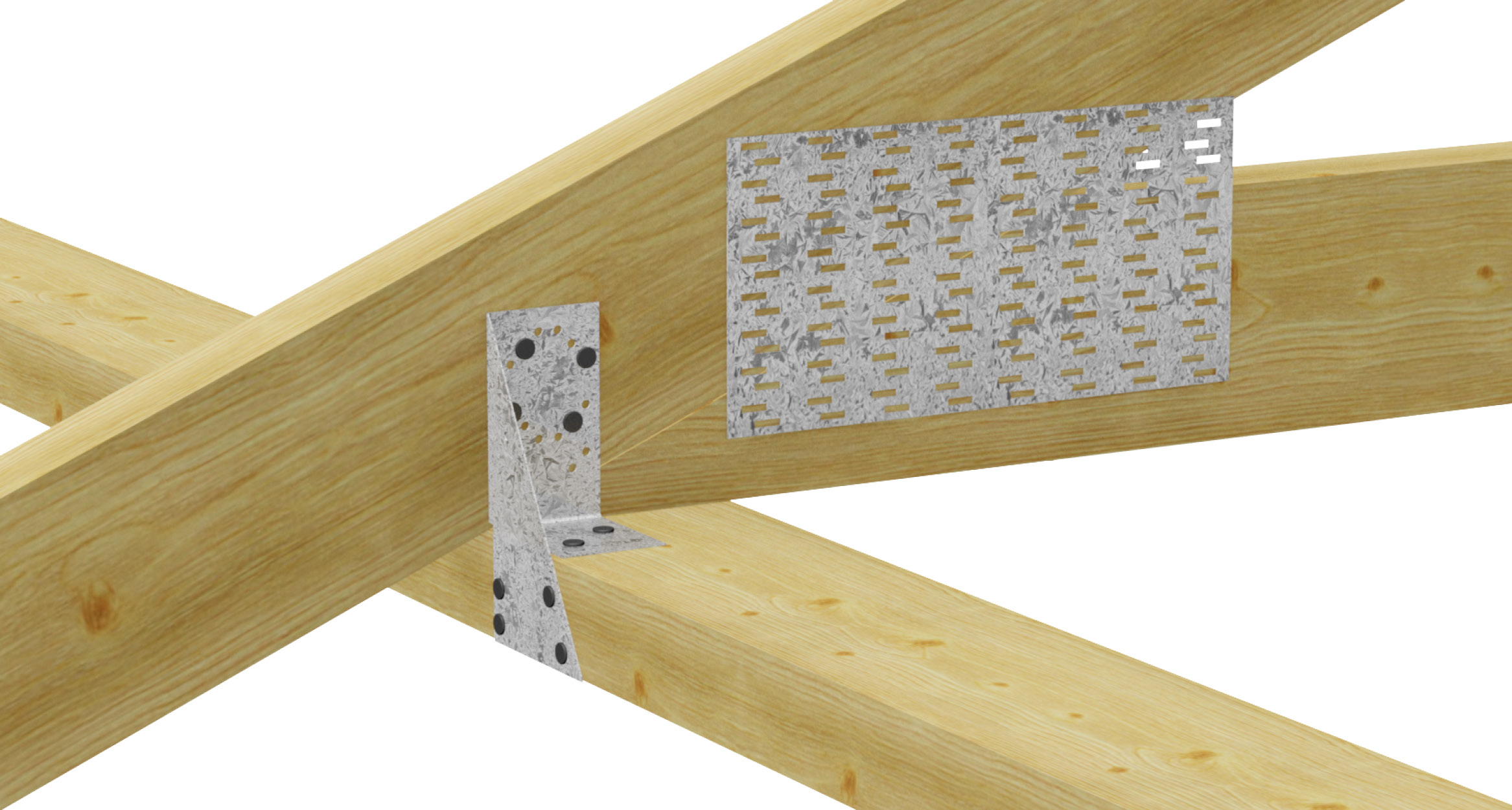
Triple grips and framing anchors are often used with vertical restrains in mind. When supplied to provide lateral restrains, it should be noted that nail capacities vary in different directions to the grain and consequently the capacity of framing anchors must be adjusted accordingly.
Figure 5- Triple grips have different capacities in each direction
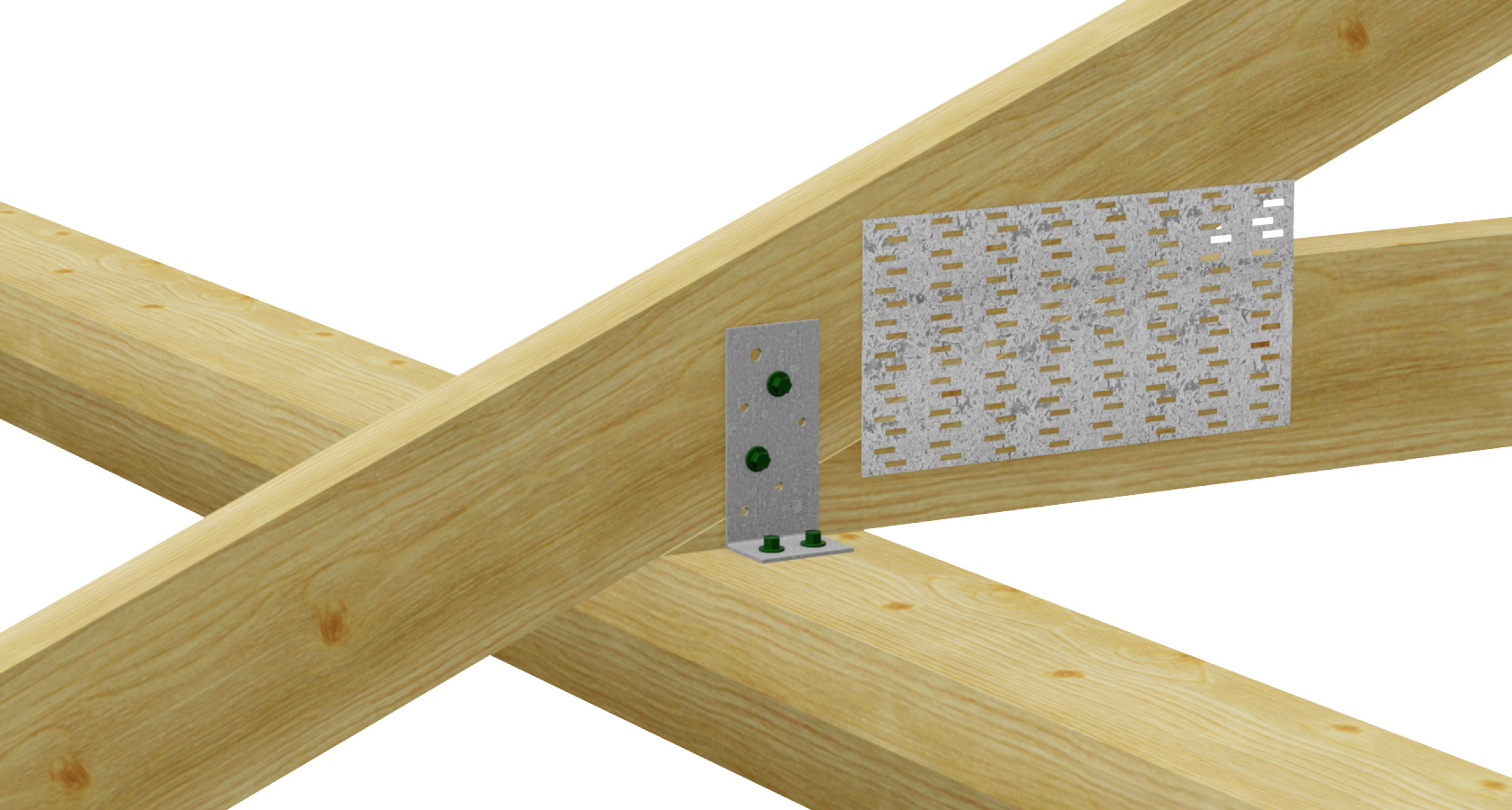
Purlin cleats, which are also commonly used for tie downs, are probably the best option to provide restrain for earthquake load. The use of screws and symmetry in the connector’s design make it a very good candidate to transfer lateral loads efficiently.
Figure 6 – Purlin cleats are great candidates for restrains in all directions.
Conclusion
While earthquake loads usually don’t govern designs in Australia, this could evolve in future. Taller timber structures are being built. The seismic activity of the Australian plate may evolve. We, as engineers, must anticipate to the best of our knowledge to ensure that structures built today will still be fit for purpose generations from now.

Vaimiti Rigal
Structural Engineer
Vaimiti.Rigal@multinail.com 07 3297 3250
Let’s Work Together
